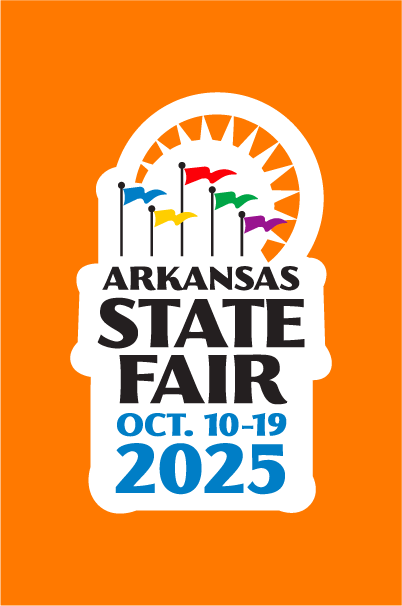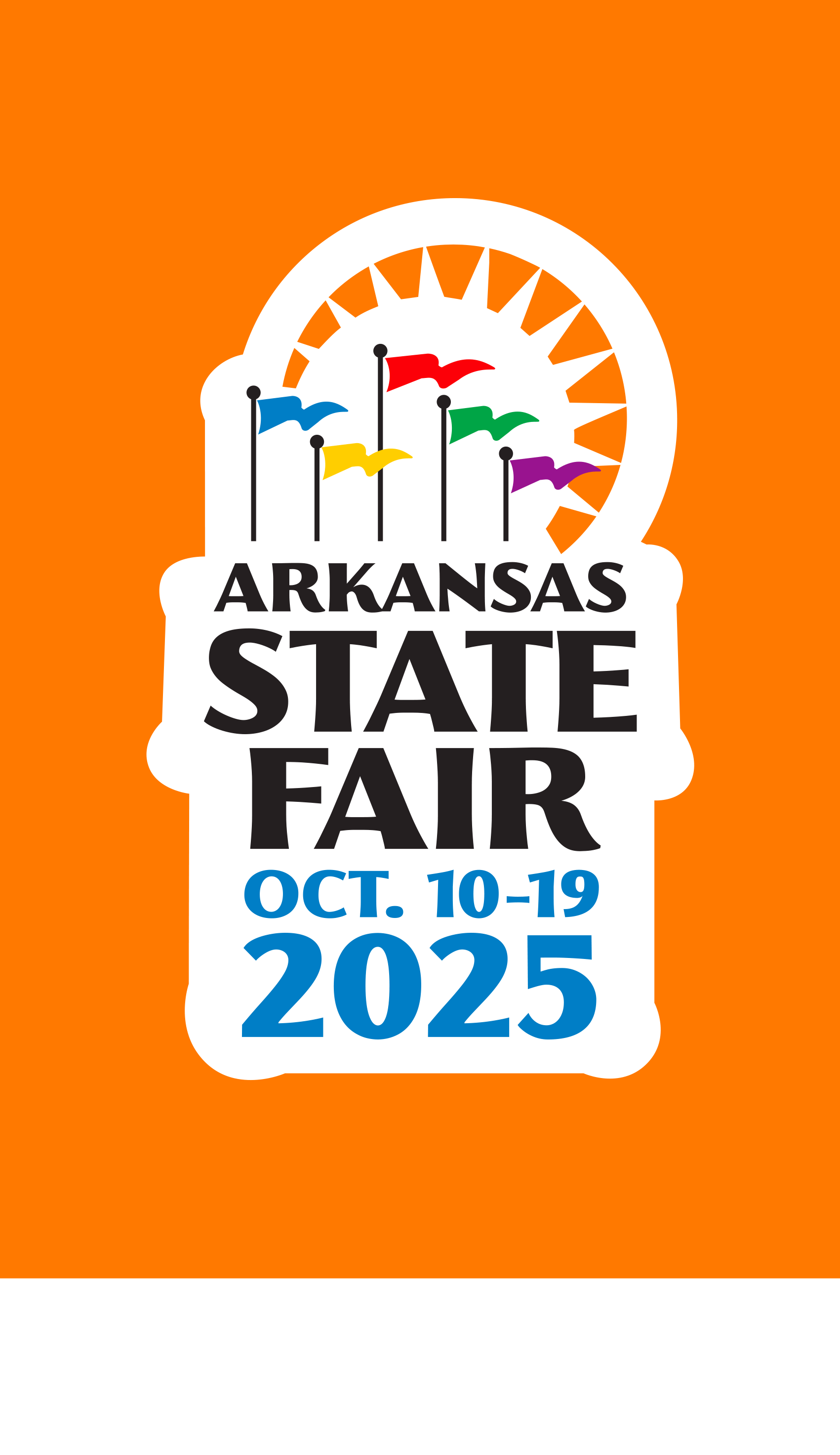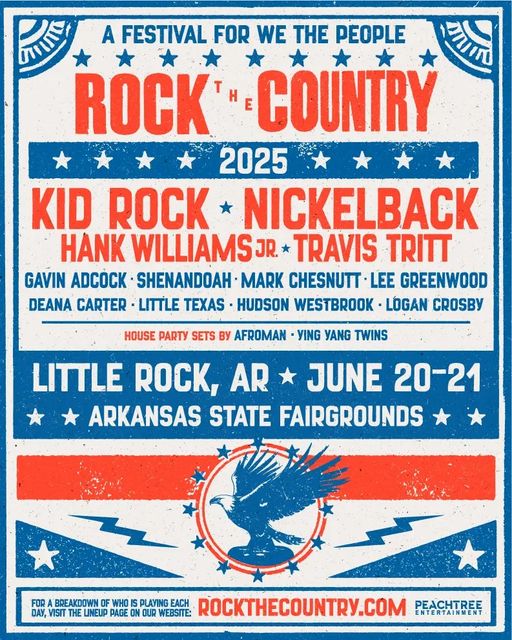The Arkansas Livestock Show Association, Inc., (ALSA) an Arkansas 501 (c) (3) non-profit organization and is also known as the Arkansas State Fair Complex. The Arkansas State Fair Complex is a place that provides many different venues for entertainment and education for the citizens of our great state.
ARKANSAS LIVESTOCK SHOW ASSOCIATION
- Inform and educate about the Association’s heritage and its 501(c) not-for-profit status
- Conduct the annual Arkansas State Fair
- Operate the Arkansas State Fair Grounds providing facilities for year-round use
- Support youth and youth programs and development
- Provide educational opportunities focusing on agriculture, livestock, and technology
ARKANSAS STATE FAIR
- Have an annual family oriented event offering a variety of entertainment and educational opportunities for all ages in a safe and clean environment
- Showcase Arkansas with a focus on agriculture, livestock, the arts, and technology
- Promote youth and youth development
In 1906, a group of businessmen met in Hot Springs to form the Arkansas State Fair Association. Tens of thousands of people came to the first fair in Hot Springs in 1906. By 1921, a group in Little Rock began to raise money to move the State Fair to the Capital City. In 1921, the State Fair moved to Little Rock. El Dorado oilman T.H/ Barton helped form the Arkansas Livestock Show Association in 1937.
The Livestock Show quickly became central to the prosperity of the Arkansas State Fair. Roy Rogers made his first appearance at the 1939 State Fair. The entrance to the Fairgrounds on Roosevelt Road was one of the first structures built on the property in 1946. Construction of Barton Coliseum started in 1948. Each year the State Fair opened with a huge parade down Main Street in Little Rock.
In the 1950s, the Royal American Shows provided the carnival at the Arkansas State Fair. For many rural Arkansans, the State Fair was a time to come to the “big city” and experience thrilling rides and exciting shows. The 1949 rodeo was held in “open air” Barton Coliseum before it had its roof. From the earliest days of the State Fair, a Queen has been chosen to represent the Arkansas Livestock Association at functions around the state. On October of 1963, a very special guest – President John F. Kennedy – came to Little Rock for an appearance at the Fair.
In 1983, then-Governor Bill Clinton presented a ribbon and trophy to the Junior Reserve Grand Champion. Meanwhile, the carnival continued to expand with The Conklin Magic Midway bringing more that 50 rides to Little Rock each year. As the Arkansas State Fair transitioned from the 1990s into the new century, the Fairgrounds expanded to encompass 96 acres.
For the past several years, North American Midway Entertainment has brought its nationally-renowned carnival to central Arkansas. Naturally, the Fair food continues to be hugely popular for fairgoers. And, every year the fair features a variety of concerts on the main stage.
Today, one of the Fair’s most important endeavors is the Junior Livestock Program. The Blue RIbbon Campaign is a year-round fundraising effort, providing donations and support for the Arkansas State Fair Scholarship and Junior Livestock Auction Program.
Every year, the Fairgrounds hosts more that 60 events in various buildings and on the grounds itself. Each January, the Big Buck Classic brings more than 35,000 people to the Fairgrounds. The Arkansas Flower and Garden Show hosts over 15,000 patrons at the Fairgrounds Complex. And Barton Coliseum is the venue for the annual Arkansas State Horse Show which brings in 10,000 plus people for four straight days. During the year, the Fairgrounds plays host to well over 150,000 people at events other than the Arkansas State Fair.
The story of the Arkansas State Fair and Fairgrounds Complex is one of a defined mission, perseverance, faith, hard work, imagination, and state pride! The early founders of the Livestock Show Association dreamed big… The history of the State Fair and Fairgrounds is a colorful part of the history of Arkansas and will undoubtedly be an important part of our state’s promising future.


